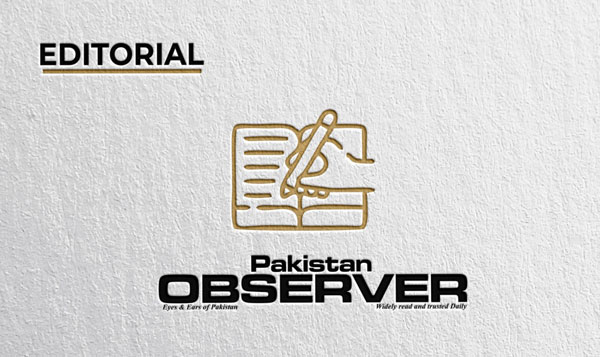The failure to reach a consensus on a global treaty to combat plastic pollution at the UN Intergovernmental Negotiating Committee (INC-5) in South Korea underscores the complexity of addressing one of the most pressing environmental crises. The divi-sion highlights the challenge of building a universally accepted framework to tackle plastic pollution in a meaningful way.
Despite this setback, the need for a binding global agreement is undeniable. With plastic production expected to triple by 2050 and microplastics increasingly infiltrat-ing ecosystems, air, food and even human breast milk, the stakes are incredibly high. A 2023 UN report revealed the presence of over 3,200 hazardous chemicals in plas-tics, many of which pose grave risks to human health, particularly for women and children. The road ahead may be slow, but it is crucial that nations continue to negoti-ate toward a comprehensive treaty that addresses the full lifecycle of plastic—from production to disposal. However, international agreements alone will not solve the problem. Countries must also take responsibility within their own bor-ders.
The envi-ronmental toll of plastic is evident around the world, with ecosystems and wildlife being suf-focated by plastic waste and ecosystems struggling to cope with its long-lasting impact. Pakistan, for exam-ple, faces an alarming plastic crisis, with the highest percentage of mismanaged plastic waste in South Asia. From clogged waterways to degraded ecosystems, the nation is reeling under the weight of plastic pollution. To address this we and other nations, must strengthen domestic policies.
Bans on single-use plastic bags are a start, but far more is needed. This means investing in alternative materials, improving waste management infrastructure, and creating incentives for companies to design products that are easier to recycle.Plastic pol-lution represents a monumental challenge to our efforts to protect the environment. We cannot afford to de-lay further action. It is imperative that global leaders, industries, and individuals work together to reduce plastic consumption and develop sustainable alternatives. On-ly then can we hope to turn the tide on this pervasive and destructive issue.









